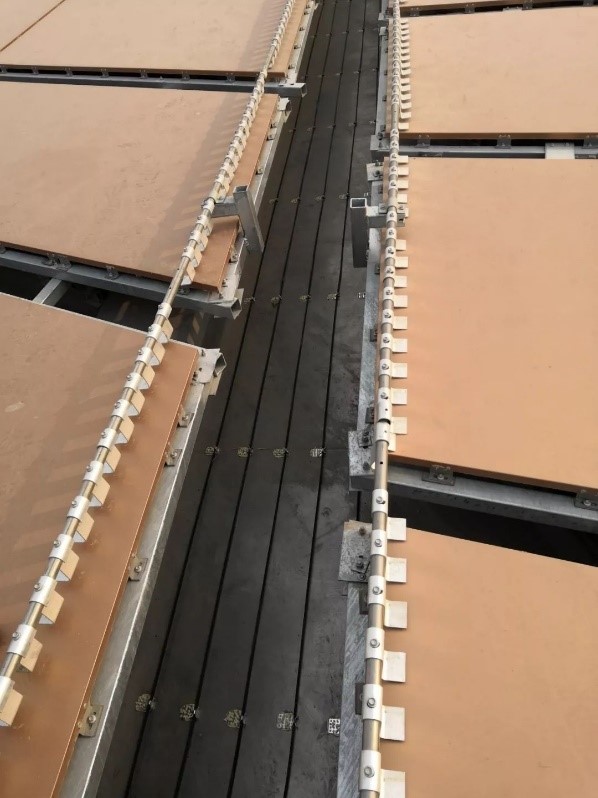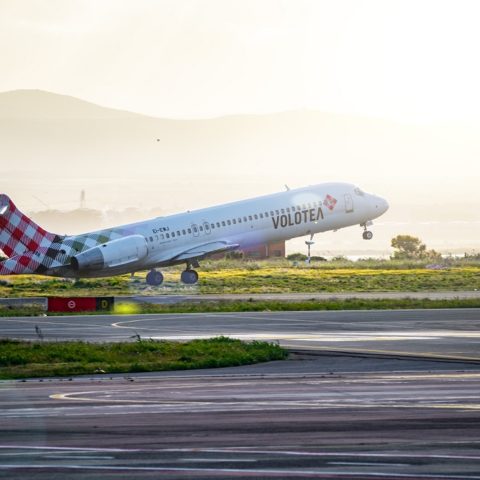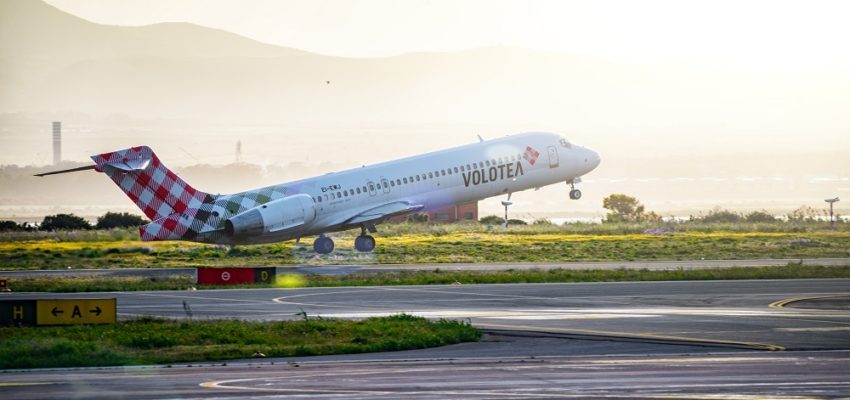Beijing Daxing International Airport was designed by ADP Ingenierie Architects and Zaha Hadid Studio. It covers an area of approximately 150 square kilometers and is one of the largest aviation transportation hubs in the world. But did you know Daxing Airport prioritized energy efficiency and sustainability, incorporating an eco-friendly nVent RAYCHEM electric heat tracing system?
The terminal of Daxing International Airport was built in accordance with the principles of energy conservation and environmental protection and consists of a passenger terminal, transfer center, comprehensive service building, and parking building. The terminal also has the world’s largest roof area, reaching 180,000 square meters. The RAYCHEM Roof and Gutter De-icing System using RAYCHEM self-regulating heat tracing technology, as well as the TraceTek fuel leak detection system, played a significant role in connecting and protecting this infrastructure project.
The Roof and Gutter De-icing System
An nVent RAYCHEM self-regulating electric heat tracing system provided a roof and gutter de-icing system snow melting solution for the Beijing New Airport. The system is mainly used in the curtain walls and roof gutter projects of the passenger terminal buildings, integrated transfer centers, parking buildings, and comprehensive service buildings of the airport.
The system was designed to ensure the flow of rainwater and melting water from ice and snow. In cold weather conditions, the melting water of ice and snow generated by daytime sunlight will gradually refreeze at the bottom of the gutter, and freezing in the gutter can hinder the normal discharge of ice and snow melt water. Once the meltwater overflows the gutter and forms ice hanging, it can cause unpredictable harm, and freezing of ice and snow melt water in the downspout can also cause the burst pipes.
To avoid such danger, the installation of the nVent RAYCHEM Roof and Gutter De-icing System was deemed necessary.
The conventional deicing method sometimes involves risking damage to the building, or using engineering machinery for deicing. This method of deicing often requires significant manual labor, with often unsatisfactory results. The nVent RAYCHEM Roof and Gutter Snow De-icing System adopts self-regulating heat tracing cables that can adjust the output power intelligently according to changes in environmental temperature. Maintaining a smooth channel, ice and snow can be removed in a timely manner, effectively preventing the formation of icicles. This system is widely applicable to various types of roofs including metal, plastic, wood, tiles, rubber or asphalt, ensuring the safe and normal operation of airport facilities in extreme cold conditions.

nVent RAYCHEM self-regulating heat tracing cable installed in the gutter
Fuel Leak Detection System
In addition to the heat traced solution in the main building, a RAYCHEM TraceTek Fuel Leak Detection System was also installed beneath the new airport apron. TraceTek TT5000 leak detection cables were densely distributed below the apron oil pipeline, allowing for real-time detecting of the working status of the oil pipeline. That data was then transmitted to the TTDM-128 monitoring module responsible for overall monitoring. Airport aviation fuel management personnel can control the real-time working conditions of all pipelines in the control rooms.

A TraceTek TT5000 leak detection cable
For large-scale airports worldwide, leak detection of oil pipelines has always been a global challenge. An nVent TraceTek Leak Detection System, with its outstanding advantages, has become a leading solution to solve this problem with:
- Real-time all-day online detection
- Accurate location of the leakage point (deviation<1 meter)
- Does not affect the operation of the oil pipeline system
The anti-freezing function of the nVent RAYCHEM Roof and Gutter De-icing System and the sensitive warning function of the TraceTek Leak Detection system provides 24-hour, all-round protection of the safe operation of Beijing Daxing International Airport and its buildings in all the weather conditions. Installing an nVent RAYCHEM heat tracing system can be a true security guard for the operation of world-class infrastucture projects.


